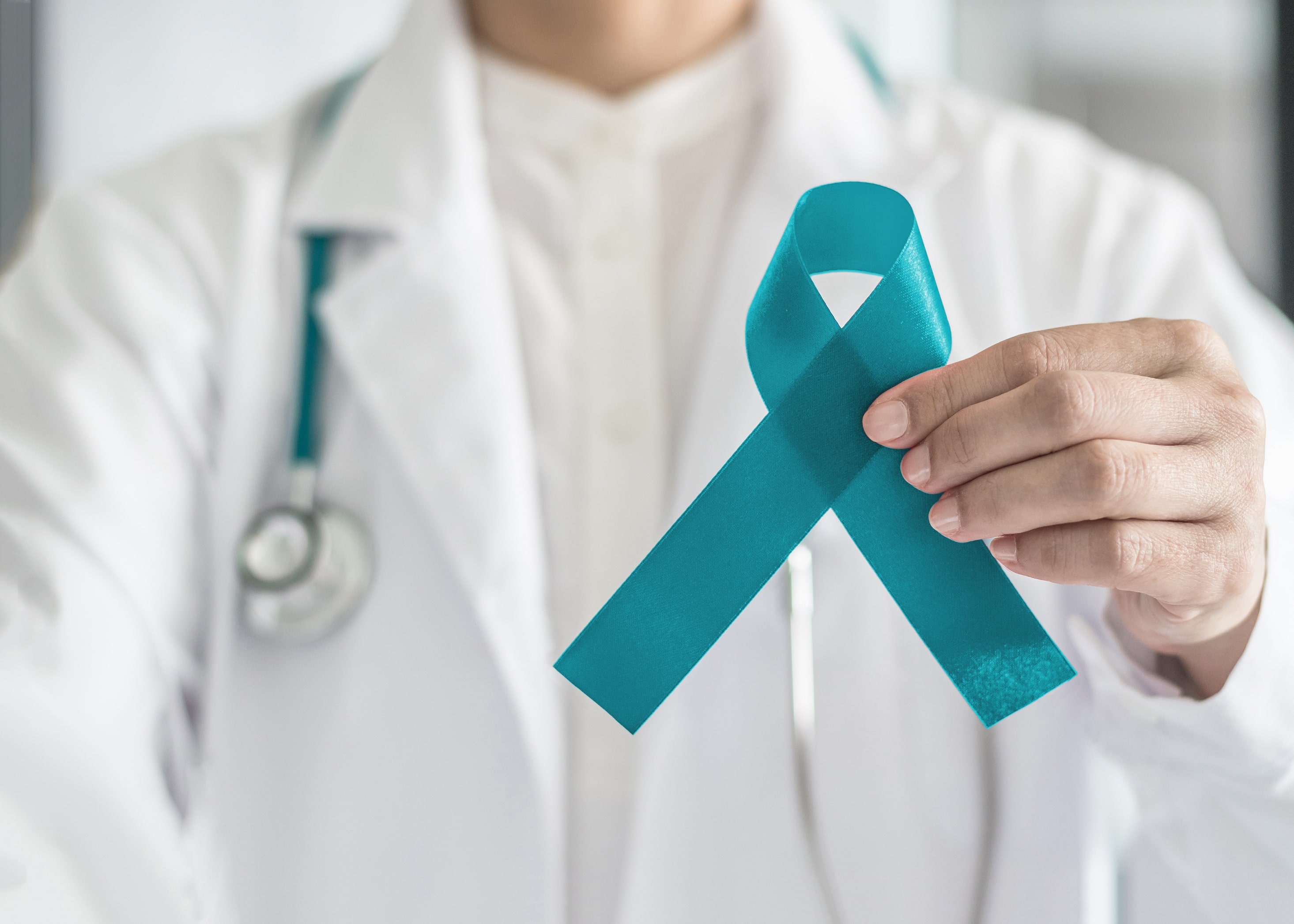September is the official month for Ovarian Cancer Awareness. It's a time we can spread the word about risk and prevention, rally for more research, and make progress toward a cure.
Ovarian cancer encompasses cancers of the ovaries, fallopian tubes, and the primary peritoneum—the tissue that lines the abdominal wall and covers organs. And it is the fifth-leading cause of cancer death in women in the United States.
Ovarian cancer often goes undetected until it's in the advanced stages—most women don't experience symptoms early on. And it's difficult to screen for the disease, according to the National Cancer Institute.
One of our founders, Amy Ritsema, recently lost her fight with ovarian cancer. In her honor, we're sharing the importance of ovarian cancer awareness and early detection.
Why detection is so important
When ovarian cancer is caught in the early stages and before it spreads, 90 percent of women can be cured. Catching cancer early often allows for more treatment options and provides a better chance for good outcomes. And while some cancers have early signs and symptoms, ovarian cancer does not. That is why early detection is so incredibly important.
Some symptoms of ovarian cancer include: feeling bloated, pelvic or abdominal pain, feeling full quickly, and needing to urinate often or urgently. Unlike cervical cancer, there is no formal screening method for ovarian cancer. While patients undergo regular pelvic exams, they may also get transvaginal ultrasounds (TVUS) and a CA-125 blood test.
A TVUS uses sound waves to look at the uterus, fallopian tubes, and ovaries. It can help find a mass in the ovary, but it can't actually tell if it is cancerous or benign. When this test is used as a screening, most of the masses found are not cancer, according to the American Cancer Society.
The CA-125 blood test measures the amount of a protein called CA-125 in the blood. Many women with ovarian cancer—but not all—have higher CA-125 levels. This test can help guide ovarian cancer treatment because the level often goes down if it's working. But checking CA-125 levels has not been found to be as helpful—high levels of CA-125 is more often caused by common conditions, like endometriosis or pelvic inflammatory disease.
Women who know they have an elevated risk due to family history are a step ahead, and they can take action by getting these regular screenings.
Making a difference
There are many ways you can help make a difference this Ovarian Cancer Awareness Month. Find an event near you, spread the word about prevention, or simply make a donation to push research forward. You can also raise awareness by sharing ovarian cancer symptoms on social media, and encouraging others to do the same.
The Michigan Ovarian Cancer Alliance (MIOCA) hosts events across the state to raise awareness about ovarian cancer. MIOCA strives to save lives by promoting the early detection of ovarian cancer and improved treatment outcomes. In addition to raising awareness, it provides resources and support to survivors and their families, advocates both locally and federally, educates Michigan communities, and funds innovative ovarian cancer research.
To learn more about how you can get involved and raise ovarian cancer awareness, visit mioca.org.
No one can exactly predict whether or not someone will develop cancer. But, knowing the factors that increase risk may create an opportunity for prevention or more effective treatment. For more information on ovarian cancer and prevention, visit cancer.gov.
-1.png?width=300&name=1127895_OSW%20Tagline%20Logo_081021%20(1)-1.png)


